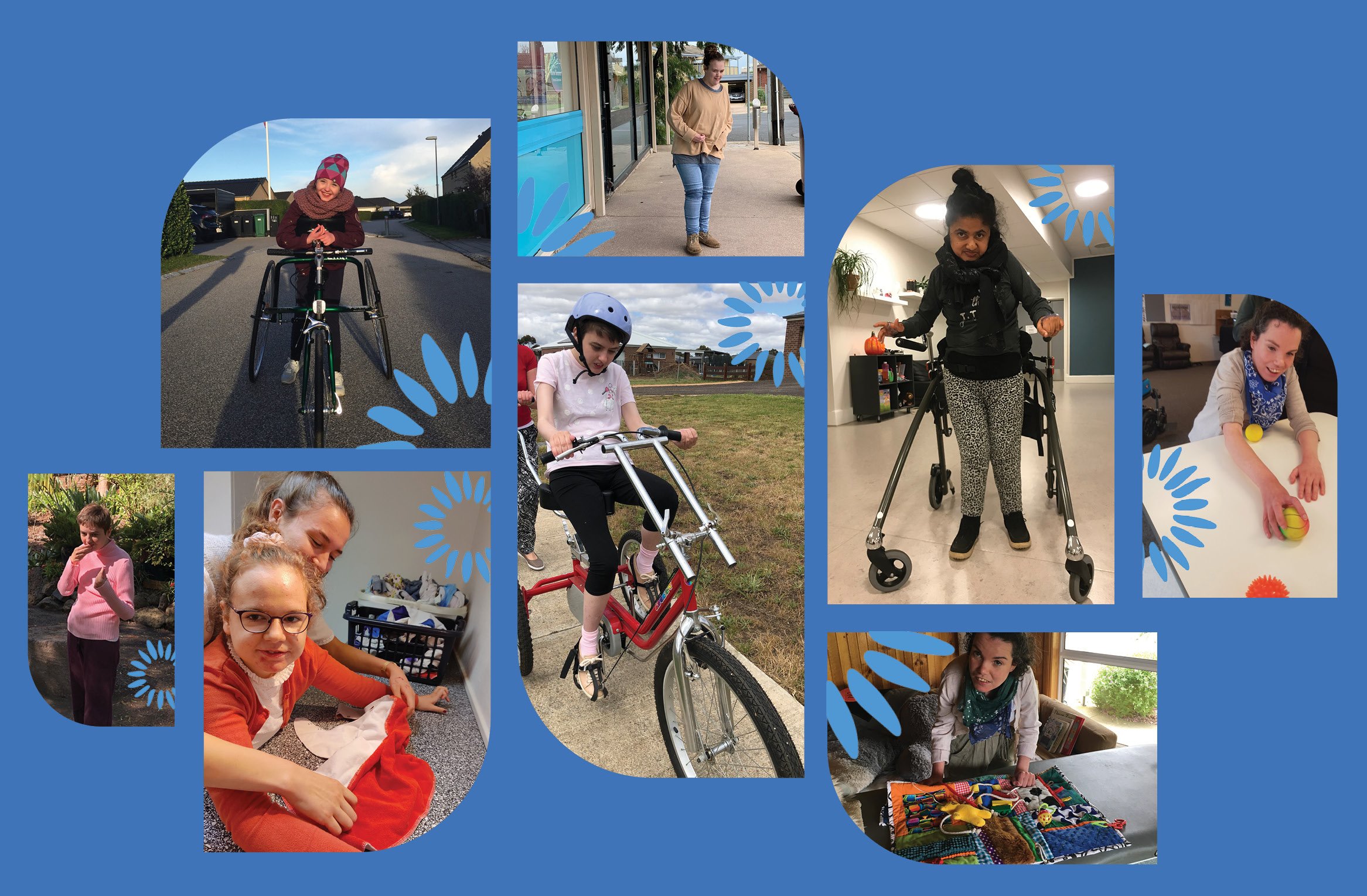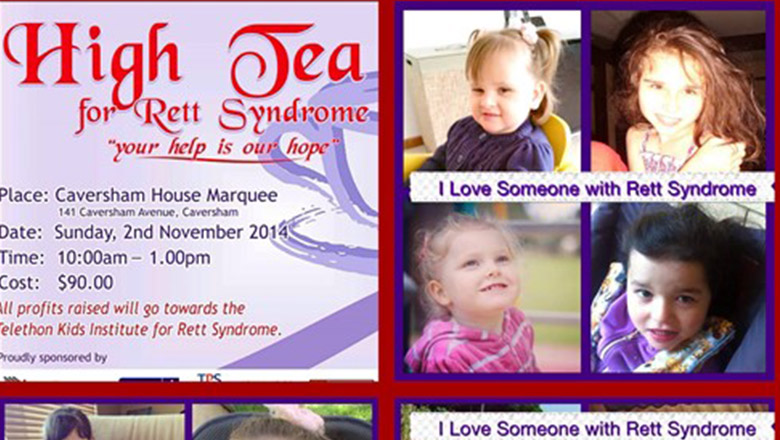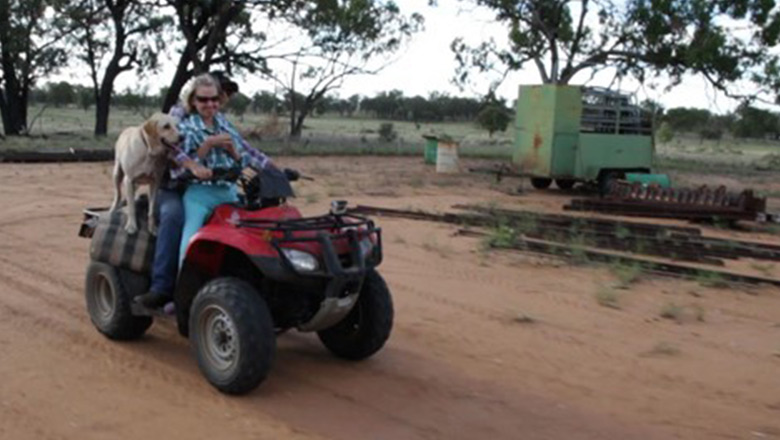Search

News & Events
RSV vaccine for pregnant women provides protection for babies: studyA world-first study has found a new vaccine against potentially deadly respiratory syncytial virus (RSV) is safe and effective for use in pregnant women, to help protect their babies.

News & Events
Community-led research set to revolutionise treatment of rheumatic heart diseaseYoung Aboriginal and Torres Strait Islander people receiving long-term, painful injections to prevent deadly complications from rheumatic heart disease (RHD) will design their own optimum treatment program thanks to latest research at The Kids Research Institute Australia.

Staying physically active is an important part of a healthy lifestyle. ActiveRett is a dedicated resource for helping families support their child with Rett syndrome to keep active.

Each family needs to select the appropriate types and levels of activity that suit their own individual needs and circumstances.
Through InterRett we collect information on individuals with Rett syndrome on a global level. If you are a participant you can complete your questionnaire here.

News & Events
High Tea for Rett Syndome at Caversham HouseThanks for everyone who have contributed to and participated in this wonderful event to raise much needed funds to support Rett Syndrome research!

News & Events
The Silent AngelTaylor is a remarkable young woman with Rett Syndrome who is leading an active country life with the support of her family and the local community.

We are looking for children to take part in an important study that will assess a new treatment designed to prevent ongoing ear infections in kids having grommet surgery.
The Kids Research Institute Australia is looking for healthy babies (born from 35 weeks of pregnancy onwards) to take part in an important study evaluating a new medication that may help prevent Respiratory Syncytial Virus (RSV) disease.
CHIP Study Update
